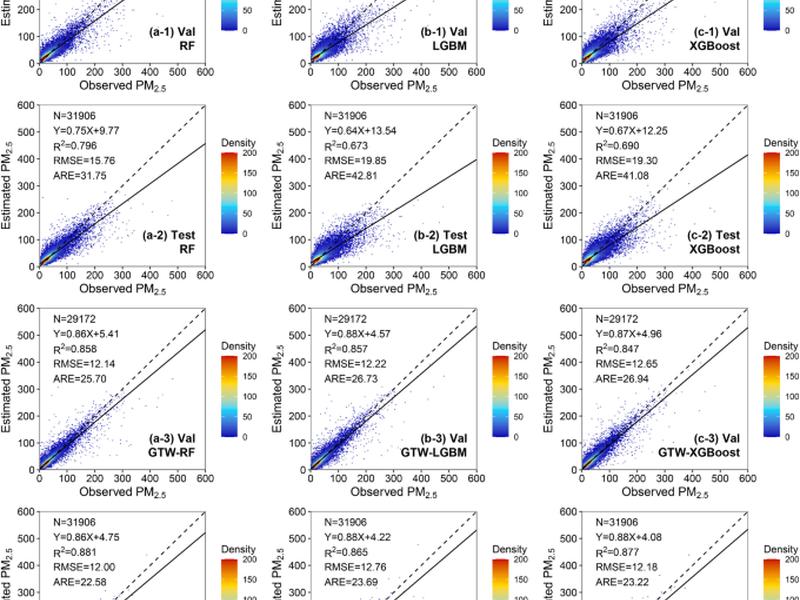Geographically and temporally weighted tree-based models (GTW-Tree) have been proposed for remote sensing of surface PM2.5, outperforming traditional tree-based models with a predictive error reduction of >21%. These models vary by time and space to capture spatiotemporal variations in the relationship between PM2.5 and predictors, and can output variable importance for a deeper understanding of PM2.5 determinants.

